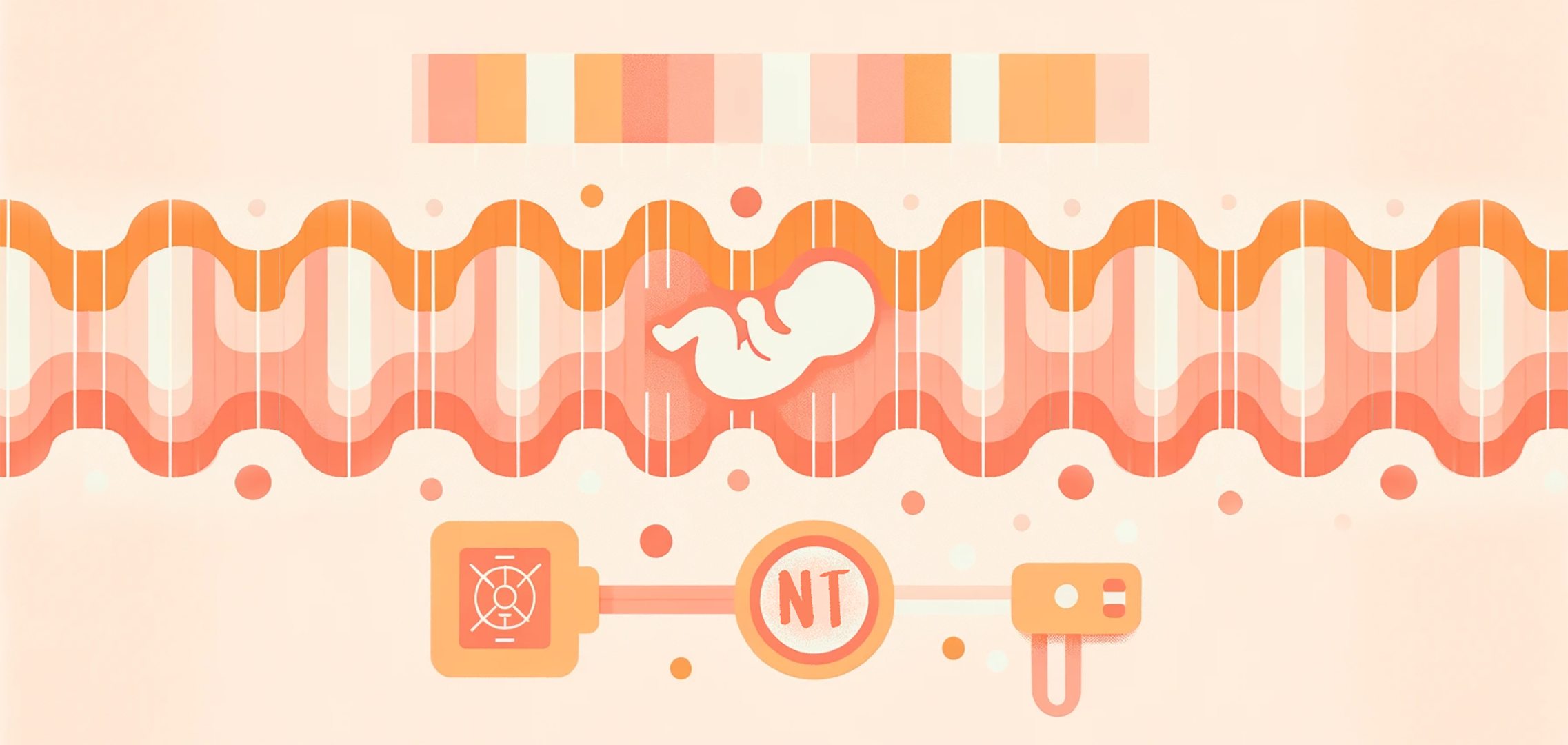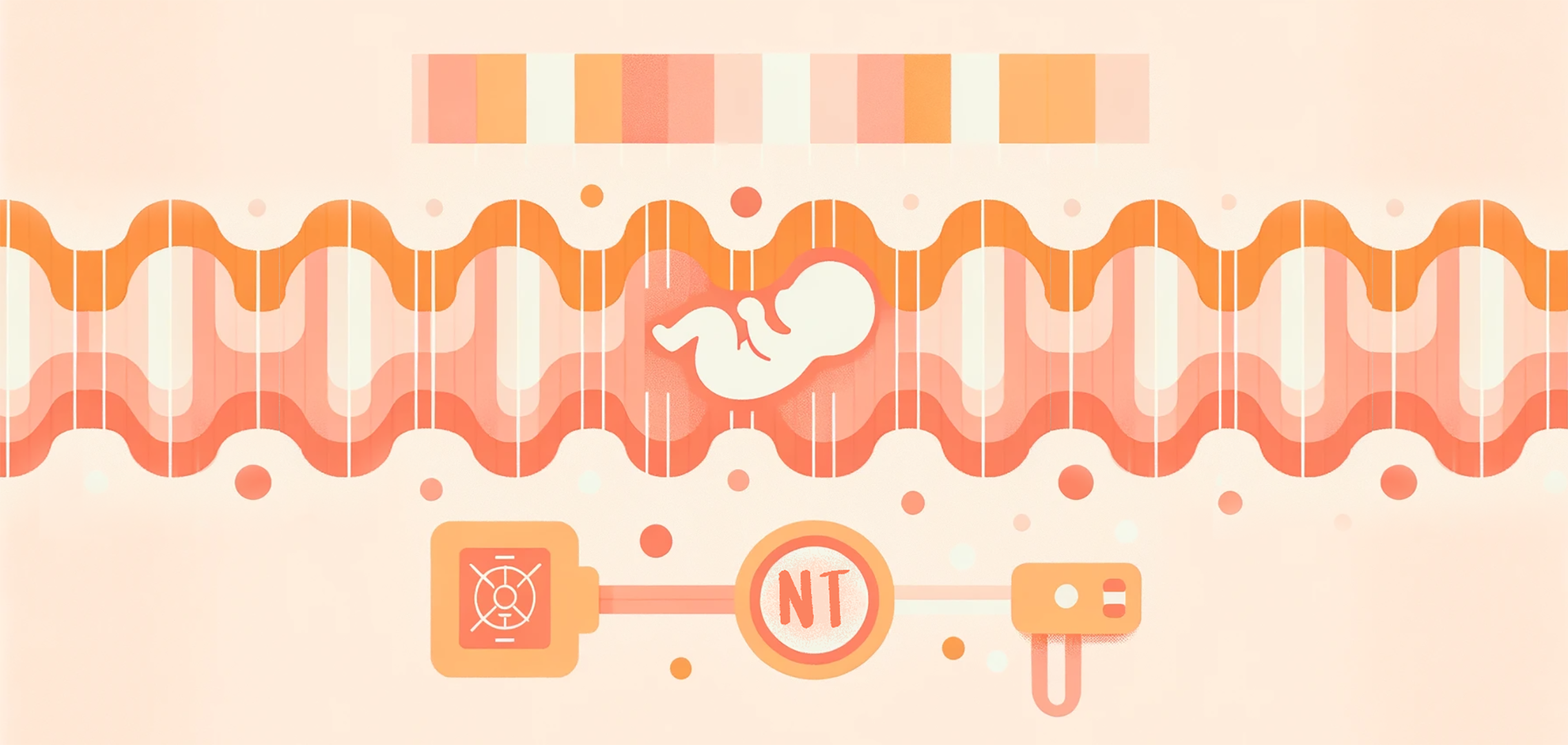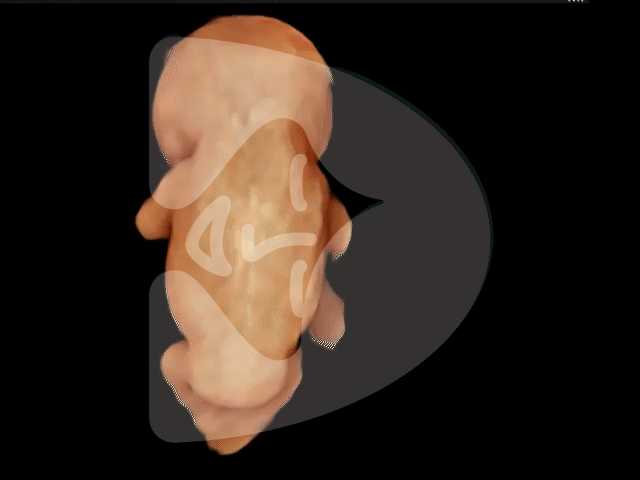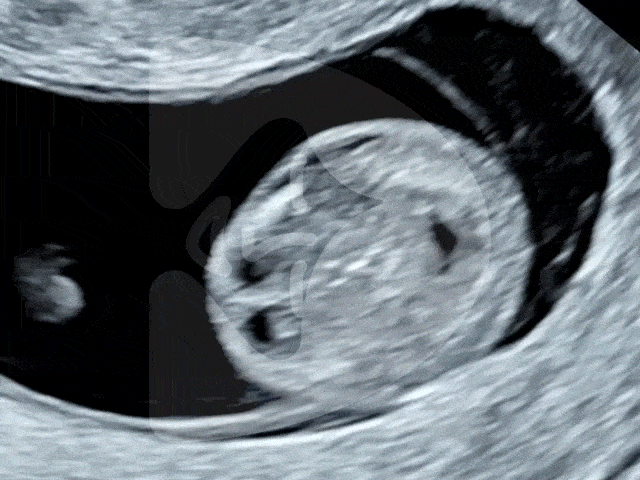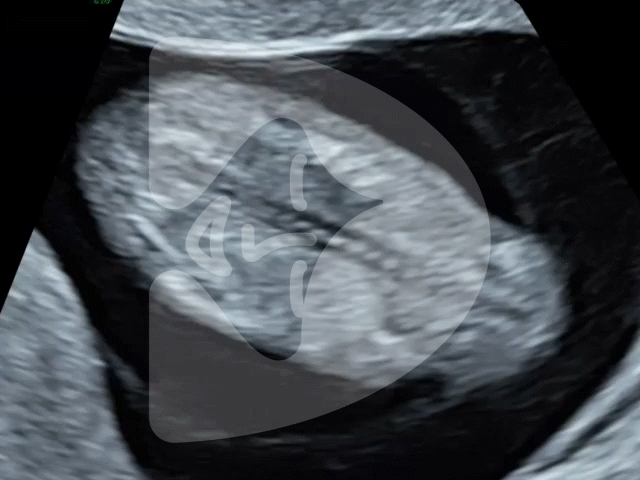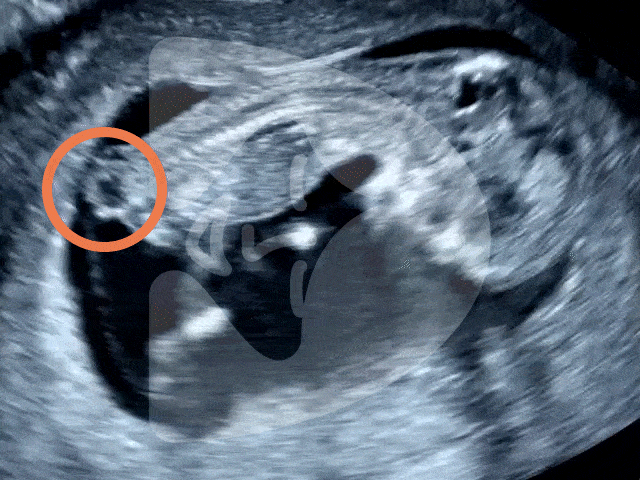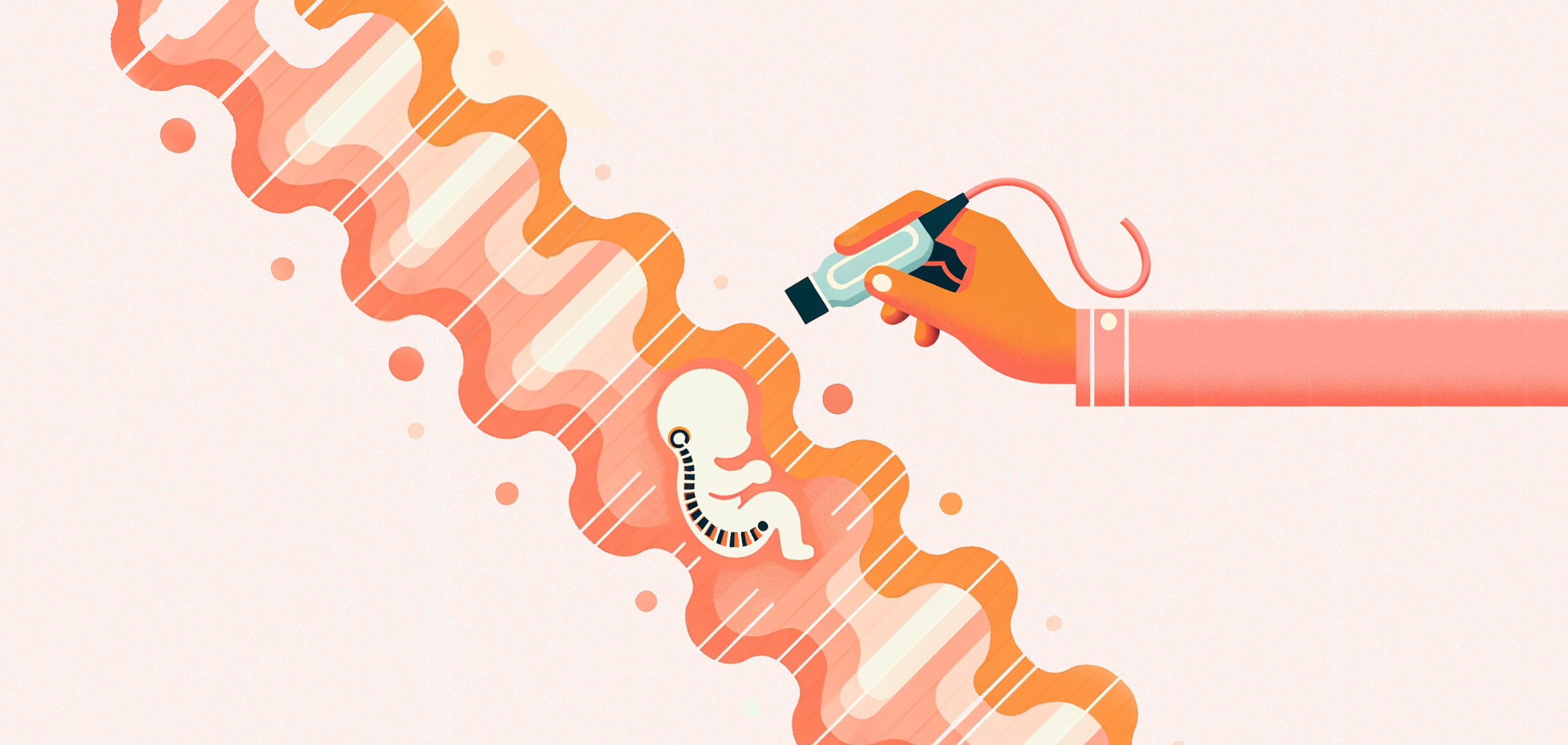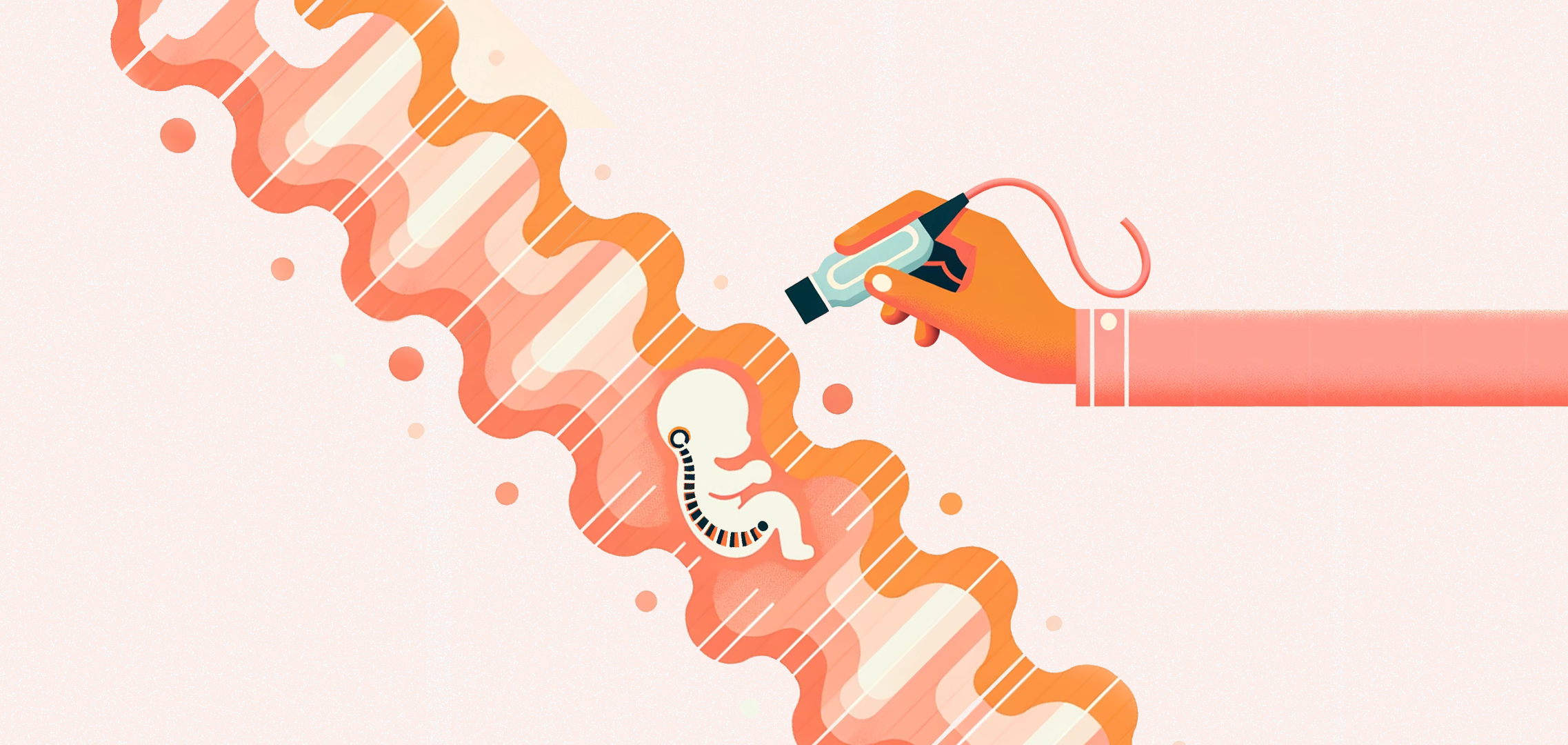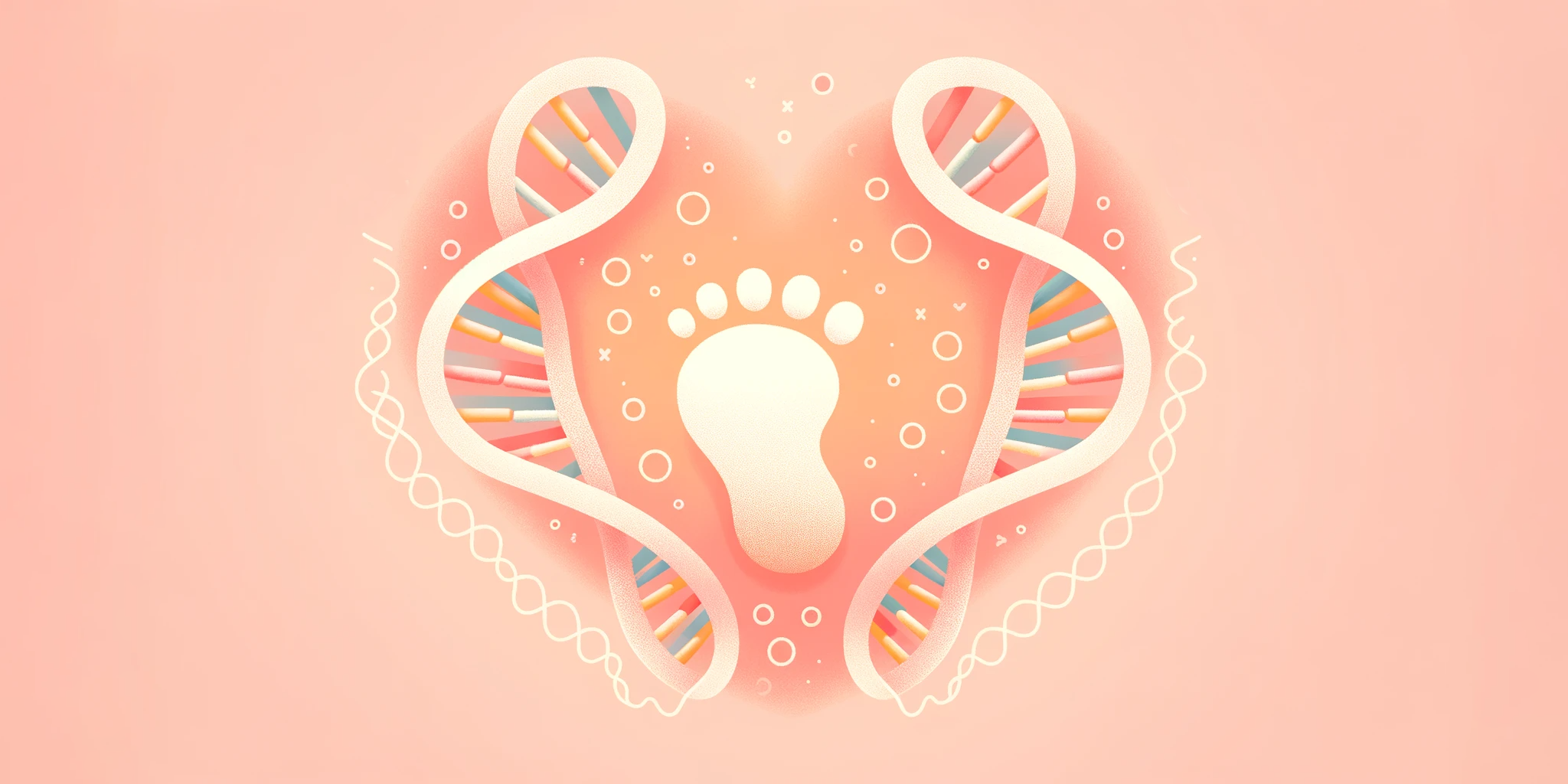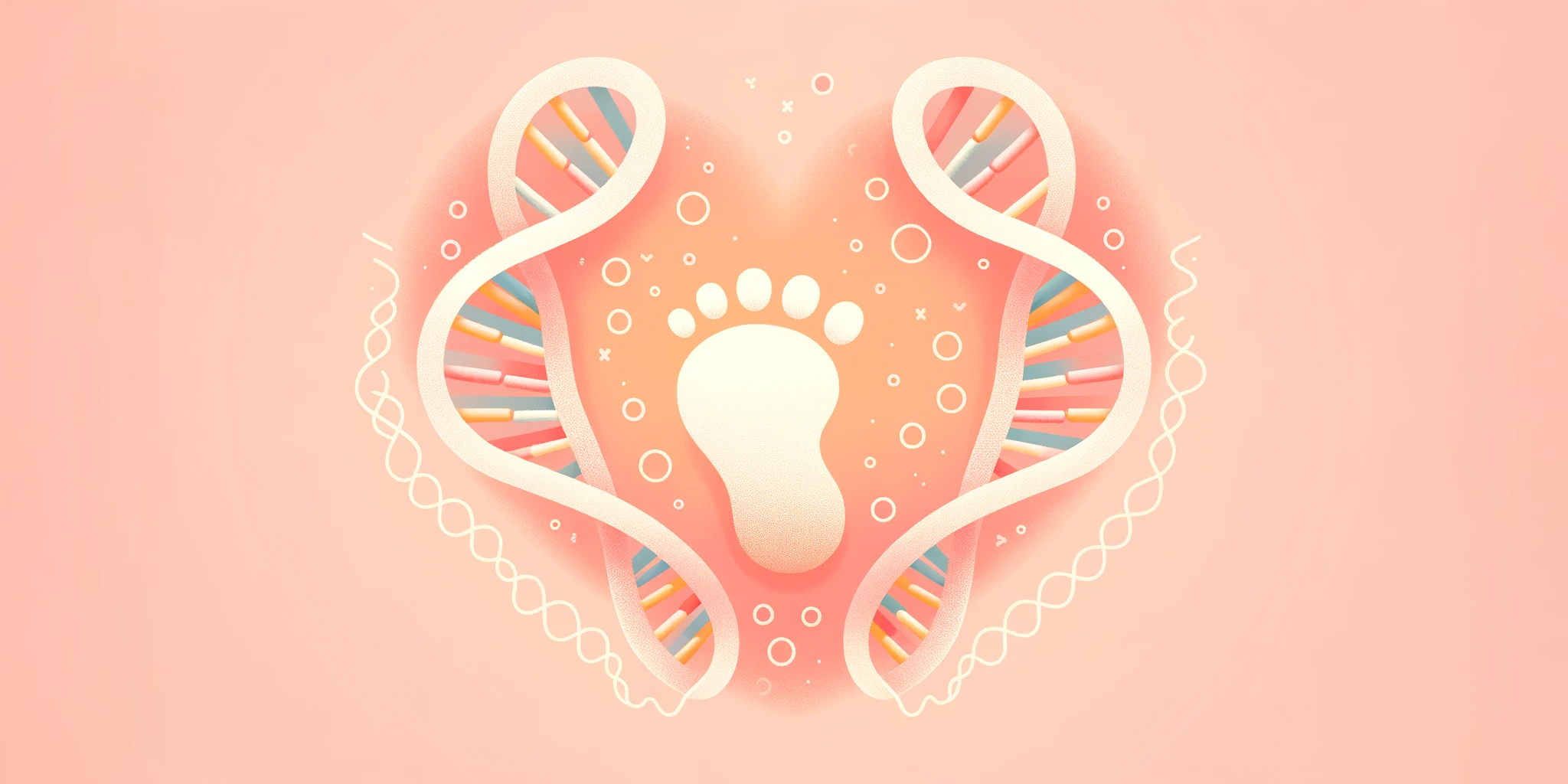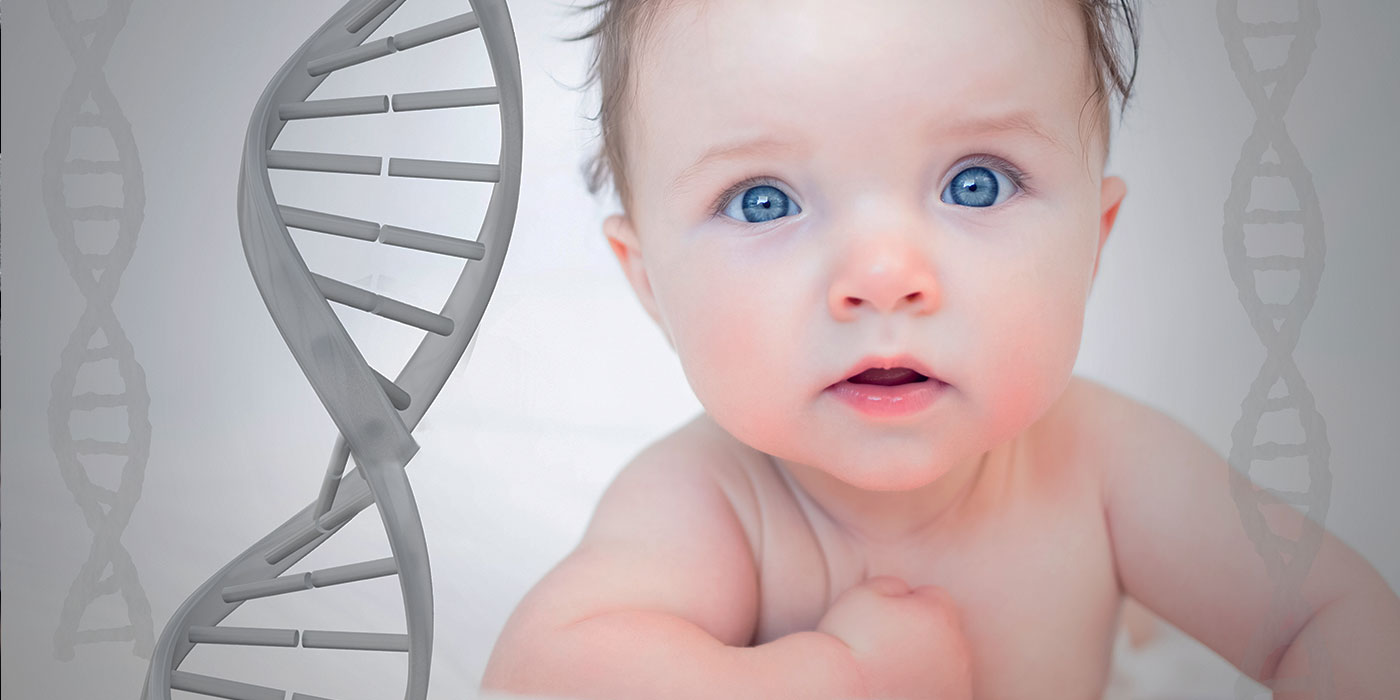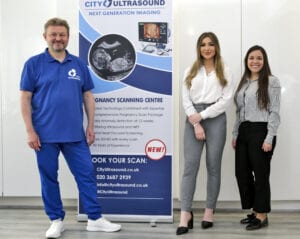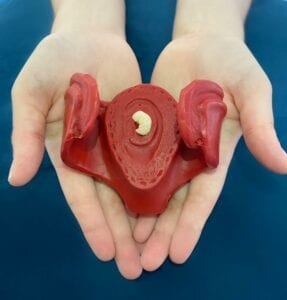10 Week Pregnancy Scan Explained

The 10-Week Scan
Answering your questions about the Earliest Anomaly Scan At 10 Weeks
Published
Tags
This blog post discusses the benefits of the 10-week scan, how it is done, and frequently asked questions. It also highlights that the 10-week scan is the best scan to combine with Non-invasive prenatal testing (NIPT), which is a blood test that can be done at 10 weeks to screen for common chromosomal abnormalities. At the London Pregnancy Clinic, We have a unique and individual approach in that we do not ‘leave any stone unturned’ – we provide the most comprehensive assessment of the development of your baby possible at each stage of pregnancy.
Understanding the 10-week Scan:
Typically, the 10-week scan is performed using either a transabdominal or transvaginal ultrasound. A skilled sonographer will place a transducer on your abdomen or within your vagina. This transducer emits sound waves into the uterus, bouncing off the fetus to create a real-time image on the ultrasound screen. The entire procedure generally lasts between 15 to 30 minutes.
Comprehensive Screening:
In the realm of prenatal care, knowledge is power. The 10-week pregnancy scan, often regarded as the earliest anomaly scan, holds a special place in the hearts of expecting parents. It’s an opportunity to unveil critical insights into your baby’s development, offering early detection of potential fetal anomalies and precise pregnancy dating. This pivotal examination, conducted through either a transabdominal or transvaginal ultrasound, is an indispensable tool in ensuring a smooth and informed journey towards parenthood.
Benefits of the 10-week Scan:
The advantages of the 10-week scan are numerous and profound:
Early Detection of Fetal Abnormalities: At the 10-week mark, this scan can identify up to 10 major fetal anomalies, providing parents with vital information to make informed choices about their pregnancy.
Accurate Pregnancy Dating: Precise dating of the pregnancy aids parents in planning for their baby’s arrival and arranging future prenatal appointments with confidence.
Reassurance for Parents: Pregnancy is a time of great joy but can also bring anxiety. The 10-week scan offers peace of mind, assuring parents that their pregnancy is progressing as expected.
Optimal Pairing with NIPT: When combined with NIPT, the 10-week scan offers the most accurate information on the baby’s health. NIPT, a blood test conducted at 10 weeks, screens for common chromosomal abnormalities, such as Down syndrome, trisomy 13, and trisomy 18, complementing the 10-week scan perfectly.
IS THE 10-WEEK SCAN FOR ME?
Many pregnant women in the UK are anxious about the health of their babies in the early weeks of pregnancy. This may be due to a number of factors, including:
- Previous miscarriage
- IVF pregnancy
- Unintentional alcohol consumption
- Missed doses of folic acid
- Use of certain medications
- Severe morning sickness
- Bleeding
- Unhealthy diet
- Sudden loss of pregnancy symptoms
If you are concerned about any of these issues or others, our 10-week scan is the perfect solution for you. It is designed to provide early reassurance for expectant parents.
The 10-week scan is also ideal for any pregnant woman who wishes to have NIPT at the earliest possible stage. Many parents choose to screen for the risk of Down syndrome in the first trimester. This is now possible with a non-invasive blood test at 10 weeks. However, the majority of fetal abnormalities are structural (physical), and some of these may be more severe than Down syndrome.
Unfortunately, NIPT will miss all structural abnormalities. That is why we take the opportunity to conduct an early screening of the baby’s structures to rule out 10 major structural abnormalities before performing NIPT.
Should I Delay My NIPT until 12-14 Weeks, Post NHS NT Scan?
Opting to delay your NIPT until after your NHS (National Health Service) Nuchal Translucency (NT) scan at 12-14 weeks is an approach that is becoming increasingly outdated. We firmly believe that the most effective method is to perform both the dating scan at 10 weeks and the NIPT at 10-11 weeks. This approach offers several advantages, particularly regarding early testing.
Admittedly, some fetal structures and organs may not be fully visualized at the 10-week mark, and certain structural anomalies may remain undiagnosed due to the fetus’s ongoing development. However, the benefits of conducting both tests as early as technically feasible outweigh these limitations.
- IVF pregnancy
- Unintentional alcohol consumption
- Missed doses of folic acid
- Use of certain medications
- Severe morning sickness
- Bleeding
- Unhealthy diet
- Sudden loss of pregnancy symptoms
If you are concerned about any of these issues or others, our 10-week scan is the perfect solution for you. It is designed to provide early reassurance for expectant parents.
The 10-week scan is also ideal for any pregnant woman who wishes to have NIPT at the earliest possible stage. Many parents choose to screen for the risk of Down syndrome in the first trimester. This is now possible with a non-invasive blood test at 10 weeks. However, the majority of fetal abnormalities are structural (physical), and some of these may be more severe than Down syndrome.
Unfortunately, NIPT will miss all structural abnormalities. That is why we take the opportunity to conduct an early screening of the baby’s structures to rule out 10 major structural abnormalities before performing NIPT.
Your Frequently Asked Questions About 10-week Scan
Do I need a full bladder for the 10-week scan? No, a full bladder is not necessary for the 10-week scan.
What sets the 10-week scan apart from the nuchal translucency scan? In comparison to the nuchal translucency scan, the 10-week scan is more comprehensive. While both can measure the fluid at the back of the baby’s neck, the 10-week scan extends its scope to assess various aspects of the baby’s development, including the heart, brain, and spine.
Is the 10-week scan safe? Yes, the 10-week scan is a safe and well-established procedure. Ultrasound technology has been a trusted method for safely imaging babies in the womb for many years.
Conclusion
If you’re considering delaying your first scan or wish to explore further options, the London Pregnancy Clinic provides innovative Early Ultrasound Screenings. These include the Early Fetal Scan, conducted between 12 and 16 weeks, which can exclude more than one hundred serious anomalies. Moreover, our Early Fetal Echocardiography is designed to identify up to 80% of detectable severe fetal heart defects. We highly recommend this scan for all babies with increased nuchal translucency (NT) measurements, fetal anomalies, or other unusual findings detected at the 11-13 week scan.
In conclusion, the 10-week pregnancy scan is an essential early step in ensuring the health and well-being of your growing family. It empowers parents with valuable insights and peace of mind, setting the stage for a smooth journey into parenthood. And remember, at the London Pregnancy Clinic, we offer a range of pioneering early ultrasound screenings to cater to your specific needs, ensuring the best possible care for your precious one.

